Breaking Bad News to Patients

Introduction
Breaking bad news is one of the most emotionally challenging responsibilities for doctors, especially for FCPS trainees who are still building their confidence in patient communication. Whether it’s informing a patient about a terminal illness, a failed treatment, or a sudden complication, the way a doctor delivers such news can deeply affect the patient’s emotional state and trust in the healthcare team.
For FCPS trainees in Pakistan, this skill is not just about empathy — it’s about balancing medical facts with compassion, respecting cultural sensitivities, and maintaining professionalism. This article will guide you through evidence-based strategies to improve your communication skills in breaking bad news during your clinical training.
Why Breaking Bad News is Difficult for FCPS Trainees
Breaking bad news is not like discussing lab results or treatment plans. It involves:
-
Emotional weight – Both the doctor and patient may feel overwhelmed.
-
Cultural and religious considerations – In Pakistan, family involvement and cultural norms shape how news is delivered.
-
Fear of causing distress – Many trainees worry they might worsen the patient’s mental state.
-
Lack of formal training – Communication skills are rarely taught systematically in medical schools, making FCPS training the first real exposure.
The Importance of Communication Skills in FCPS Training

For an FCPS trainee, the ability to communicate bad news effectively:
-
Strengthens doctor-patient trust – Patients value honesty when it’s paired with compassion.
-
Improves patient compliance – Understanding their condition helps patients follow treatment plans.
-
Reduces medico-legal risks – Clear, respectful communication prevents misunderstandings.
-
Enhances your professional reputation – Senior consultants notice trainees who handle tough conversations well.
The SPIKES Protocol – A Step-by-Step Guide
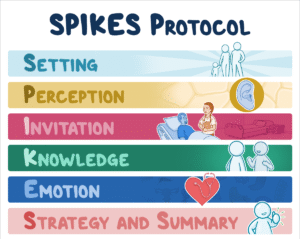
A widely used framework for breaking bad news is the SPIKES Protocol, developed for medical professionals worldwide. It is especially useful for FCPS trainees.
S – Setting up the Interview
-
Choose a quiet, private place with no interruptions.
-
Ensure seating arrangement is comfortable and at eye level.
-
Turn off your phone and pager if possible.
-
Have tissues or water available for emotional moments.
P – Assessing the Patient’s Perception
-
Ask gentle questions to understand what the patient already knows:
“Can you tell me what you understand about your condition so far?”
-
This avoids shocking them with unexpected information.
I – Obtaining the Patient’s Invitation
-
Some patients want all details, others prefer limited information.
-
Respect cultural differences, especially in Pakistani families where relatives sometimes filter information.
K – Giving Knowledge and Information
-
Share the news in simple, non-medical language.
-
Avoid technical jargon.
-
Deliver information in small, manageable chunks.
-
Use pauses to allow the patient to absorb what you are saying.
E – Addressing Emotions with Empathy
Observe the patient’s emotional reaction — silence, tears, anger.
Respond with empathetic statements:
-
- “I can see this is very hard to hear.”
-
“I’m here to answer any questions you have.”
S – Strategy and Summary
End the conversation with a clear plan:
-
-
Outline treatment options or next steps.
-
Arrange follow-up meetings.
-
Provide written instructions if necessary.
-
Cultural Considerations in Pakistan
For FCPS trainees, understanding local values is essential:
-
Family involvement – Often, family members are told before the patient.
-
Religious beliefs – Some patients find comfort in faith-based reassurances.
-
Gender sensitivity – Cultural norms may require same-gender doctors for certain conversations.
-
Hope vs. realism – In many cases, maintaining some hope is valued even when prognosis is poor.
Common Mistakes FCPS Trainees Should Avoid
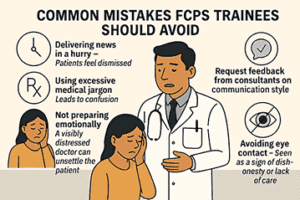
-
Delivering news in a hurry – Patients feel dismissed.
-
Using excessive medical jargon – Leads to confusion.
-
Not preparing emotionally – A visibly distressed doctor can unsettle the patient.
-
Avoiding eye contact – Seen as a sign of dishonesty or lack of care.
-
Giving false reassurance – Saying “Everything will be fine” when it might not be.
Role-Playing and Practice in FCPS Training
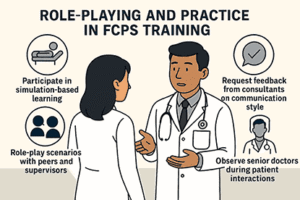
To improve, trainees should:
-
Participate in simulation-based learning.
-
Role-play scenarios with peers and supervisors.
-
Request feedback from consultants on communication style.
-
Observe senior doctors during patient interactions.
Handling Your Own Emotions as a Doctor
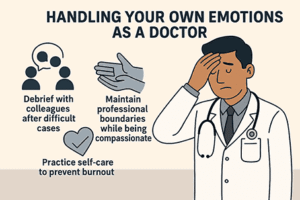
Doctors are human. Hearing a patient cry or seeing them break down can affect you too.
-
Debrief with colleagues after difficult cases.
-
Maintain professional boundaries while being compassionate.
-
Practice self-care to prevent burnout.
Conclusion
Breaking bad news is not just a clinical task — it is a human connection between doctor and patient. For FCPS trainees, mastering this skill will not only help in passing exams but will also shape the kind of doctor you become. Remember:
-
Be honest, but kind.
-
Prepare before you speak.
-
Respect cultural sensitivities.
-
Support both the patient and their family through the process.
The more you practice, the more confident and compassionate you will become.
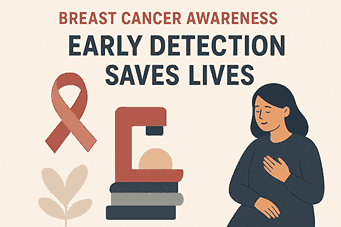
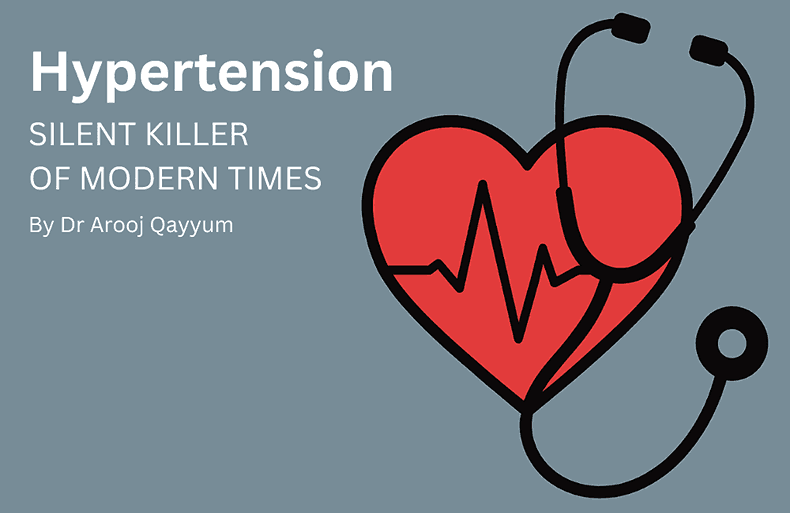
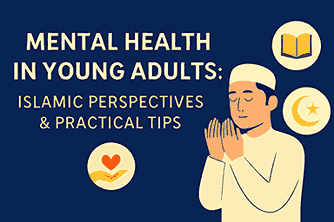
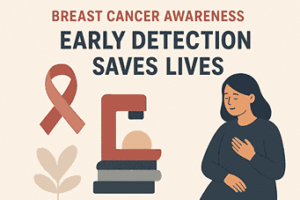
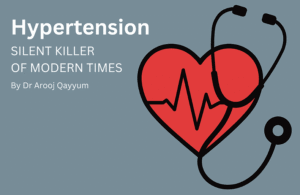
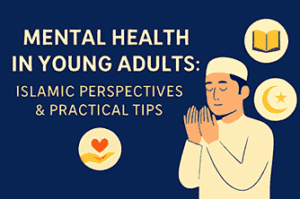
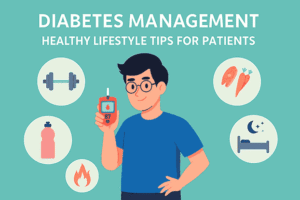
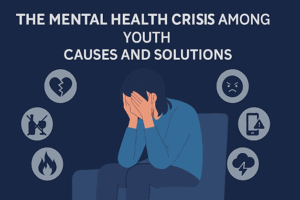
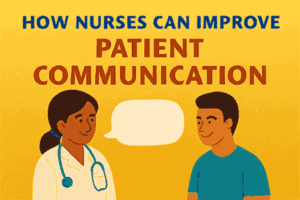
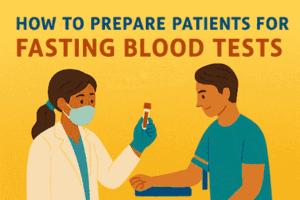
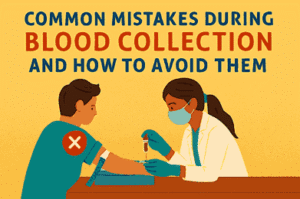


9 comments